Wade Guyton gives painting a new edge in major Cologne museum survey
Renowned for his inkjet paintings, the American conceptual artist is the subject of a retrospective at Museum Ludwig charting two decades of his trailblazing practice
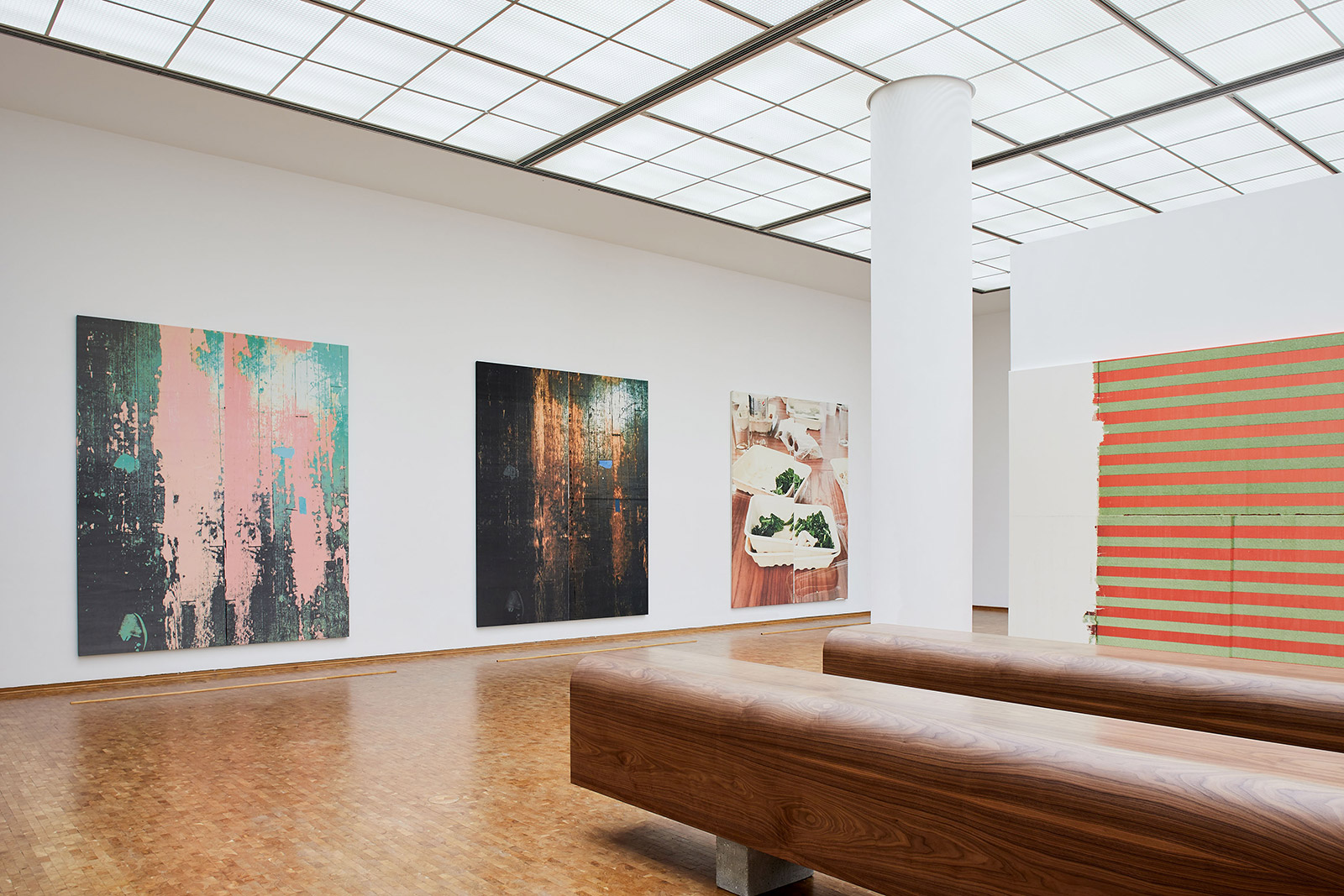
From posters and books to paintings, drawings and sculptures, conceptual artist Wade Guyton is fascinated by printed and digital imagery. He continuously explores both their limitations and possibilities, be it on linen or paper or through cast bronze or manipulated metal. This preoccupation is clearly seen in Guyton’s largest exhibition to date, currently on view at the Museum Ludwig in Cologne. Titled ‘Wade Guyton: Zwei Dekaden MCMXCIX–MMXIX’, the show presents an overview of the artist’s work from the last two decades, created in close collaboration with Guyton himself.
The exhibition begins with a large-scale installation, providing the ground on which the rest of the show unfolds. Inkjet printers and black metal tables are covered by two draping blue carpets (Untitled, 2017), on top of which stand nine reflective chrome U-shaped sculptures (U Sculpture [v.1–9], 2004–2011). The depth of these three-dimensional letters summons memories of Microsoft Word Art, in turn connecting the singular ‘U’ to the shortening of ‘you’ when chatting online or by text. ‘U’ along with ‘X’, another letter that assumes symbolic associations in connection with the internet, recur throughout Guyton’s practice, most prominently in the works for which he is most well-known: images on raw or primed linen made with inkjet printers, like those covered by the carpet, that he calls ‘paintings’.
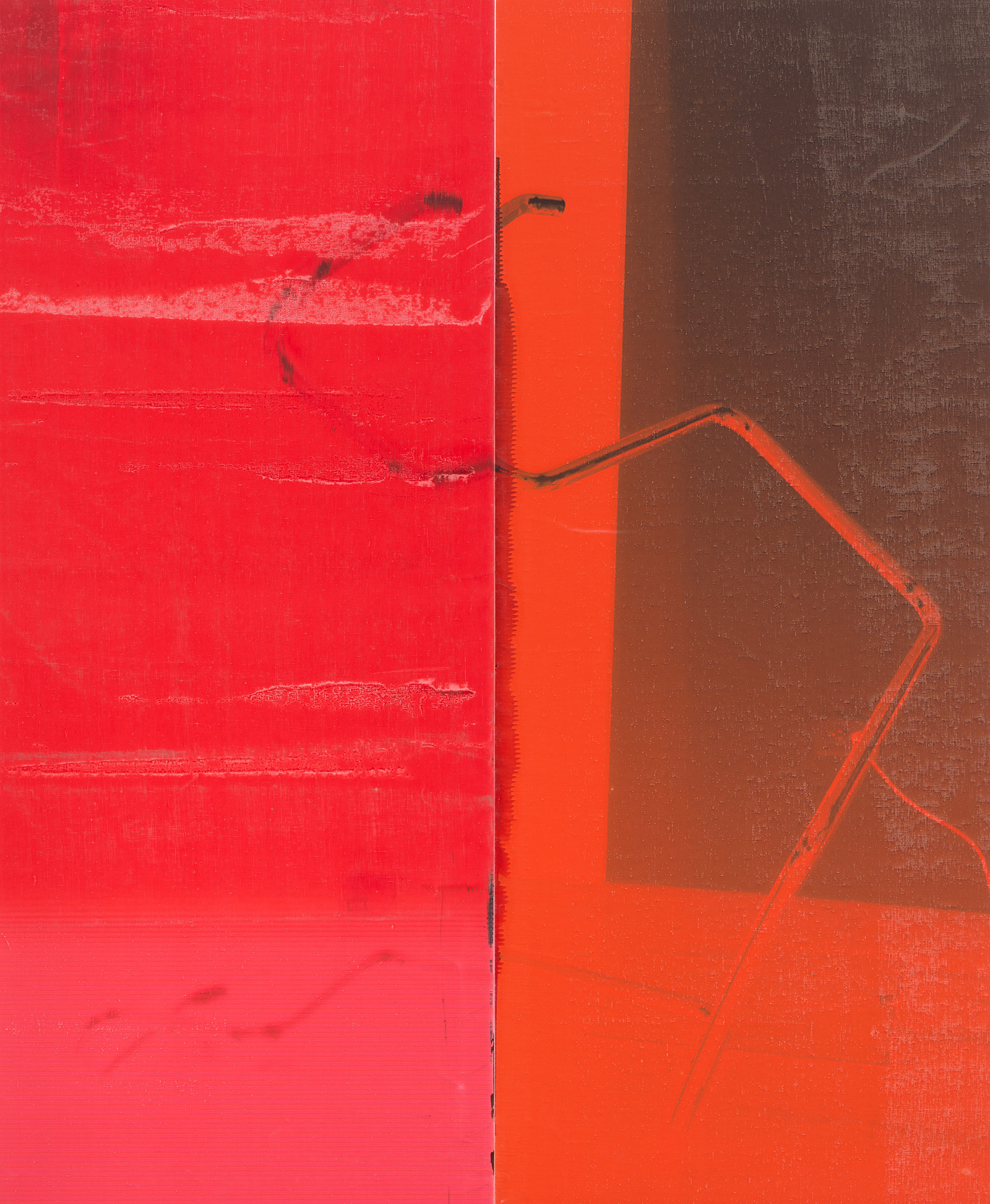
Untitled, 2018, by Wade Guyton. Collection of Eleanor Heyman Propp.
Many of these paintings are presented in the exhibition, which is arranged thematically rather than chronologically. For example, in the second room, each of five untitled paintings depict the letter ‘U’ against a black background with flames rising from the bottom. They appear to be a series made at once, yet they were made periodically between 2005 and 2014. In the centre of the room is Untitled Action Sculpture (Chair), a 2001 sculpture of a twisting steel rod, originally from in a Marcel Breuer chair. Similar sculptures appear later in the exhibition, albeit flattened to two dimensions, as they’re depicted in five untitled paintings from 2015-2018.
Other printed paintings are less abstract, such as those showing screenshots from the The New York Times’ website, iPhone advertisements, and the downtown Manhattan skyline. In vitrines created especially for the exhibition are a selection of Guyton’s ‘drawings’ – images printed atop pages of books, art and design catalogues, and other found material – as well as a selection of his artist books. No matter the form the work takes, however, Guyton continues to explore and appropriate digital media and tools, as well as re-appropriate his own work when it feels right or when circumstances present the opportunity. As he opined in the exhibition catalogue, ‘Sometimes the artwork decides when it wants to be an artwork.’
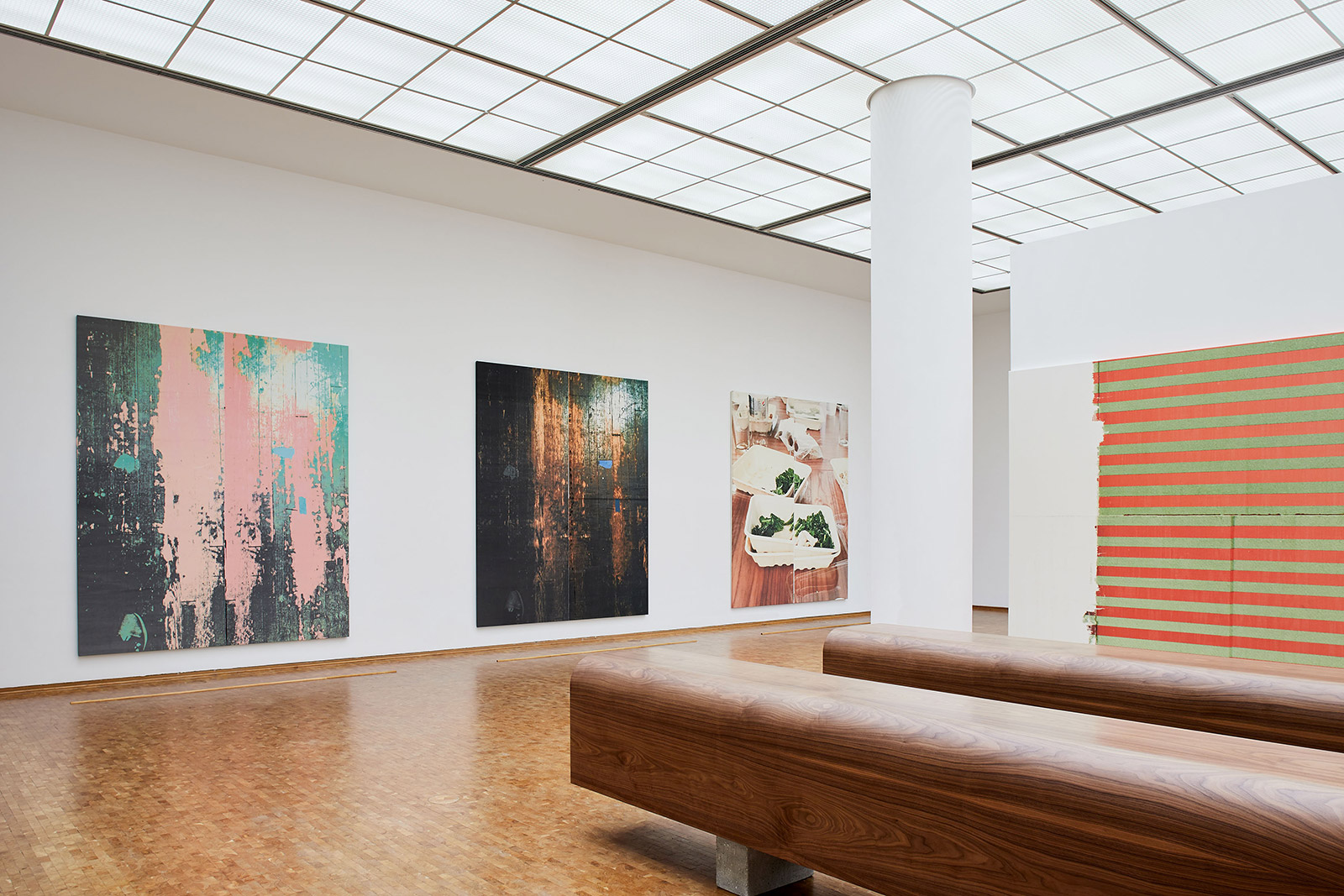
© Wade Guyton
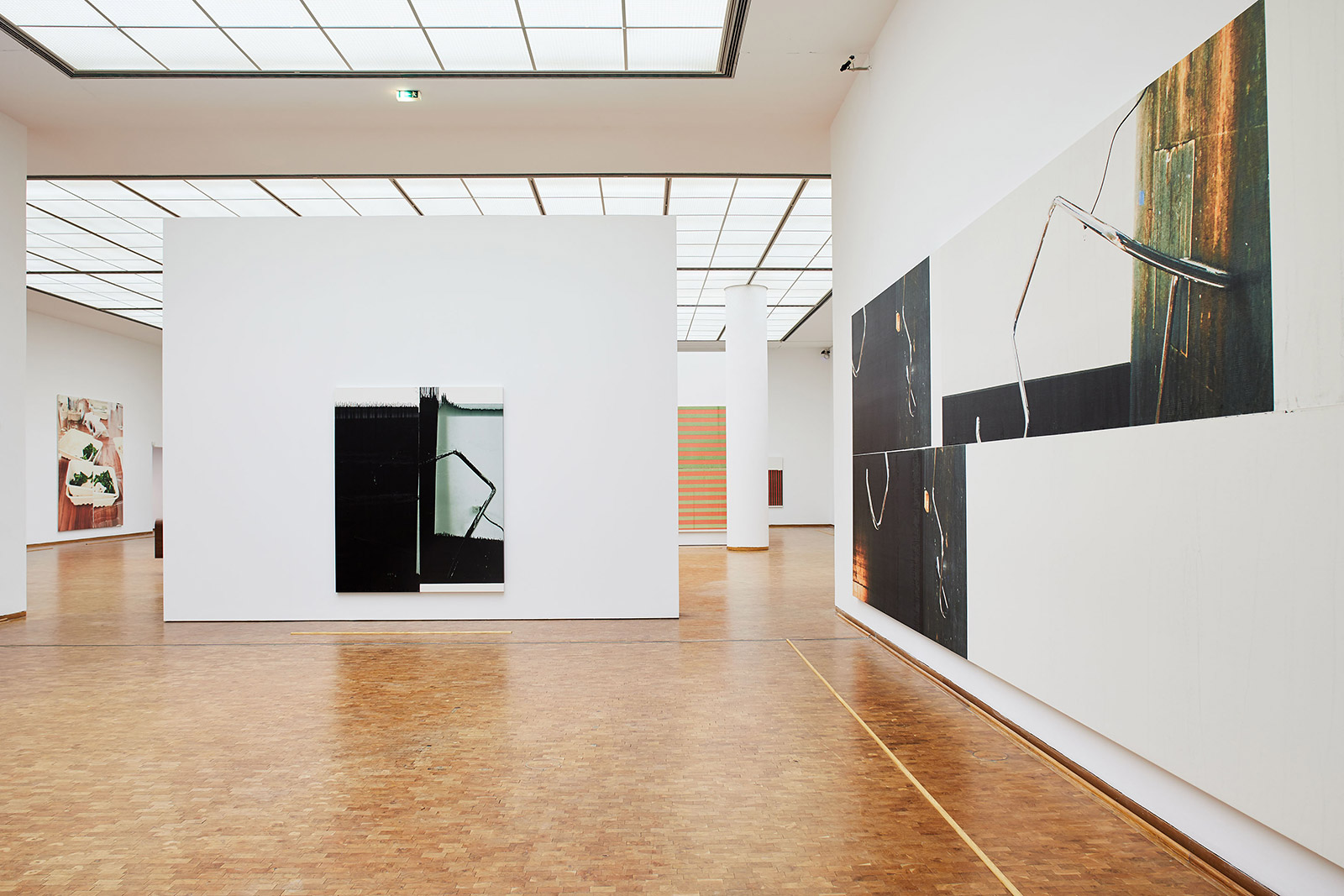
© Wade Guyton
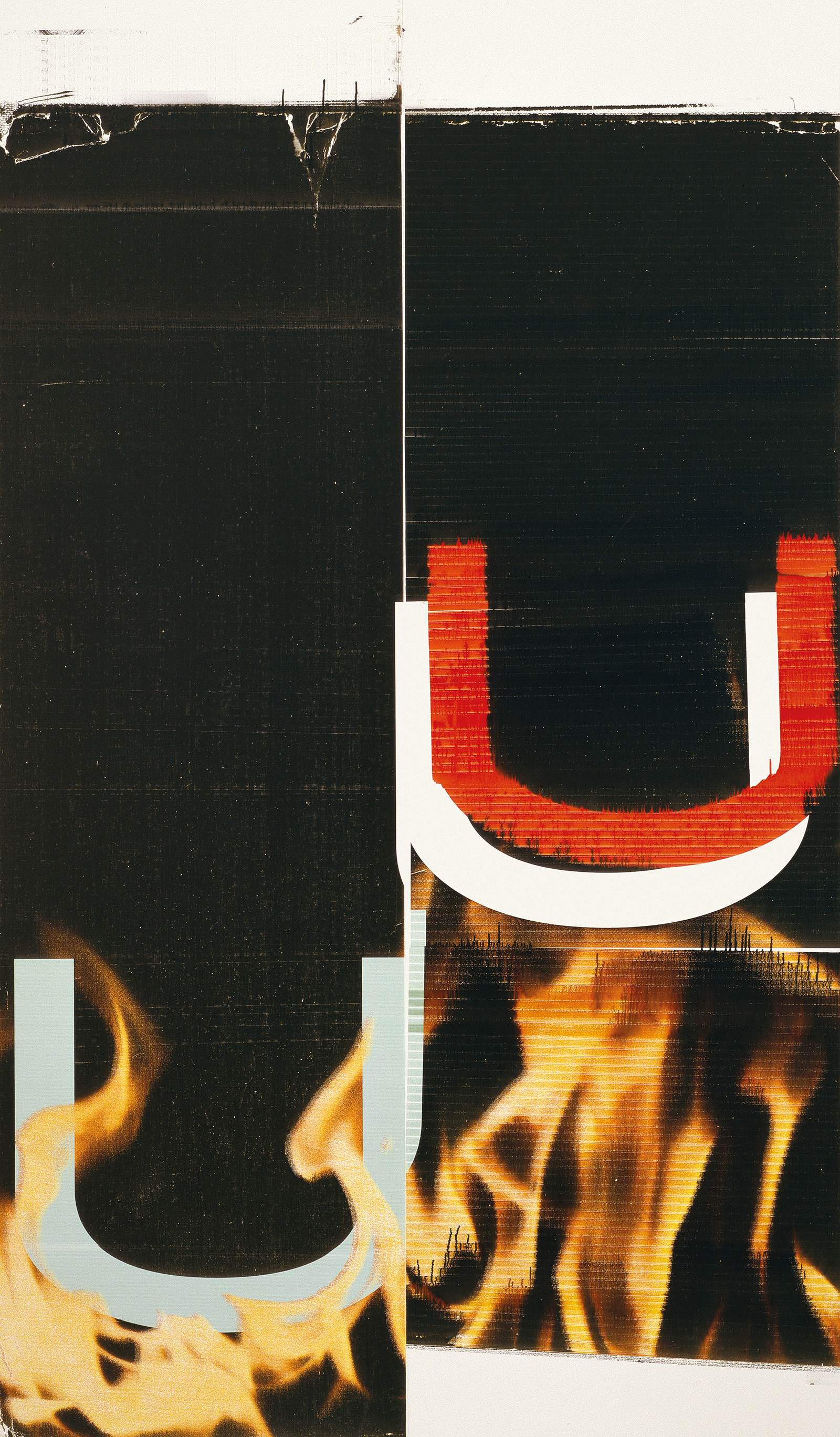
Untitled, 2006, by Wade Guyton. Private collection. © Wade Guyton.
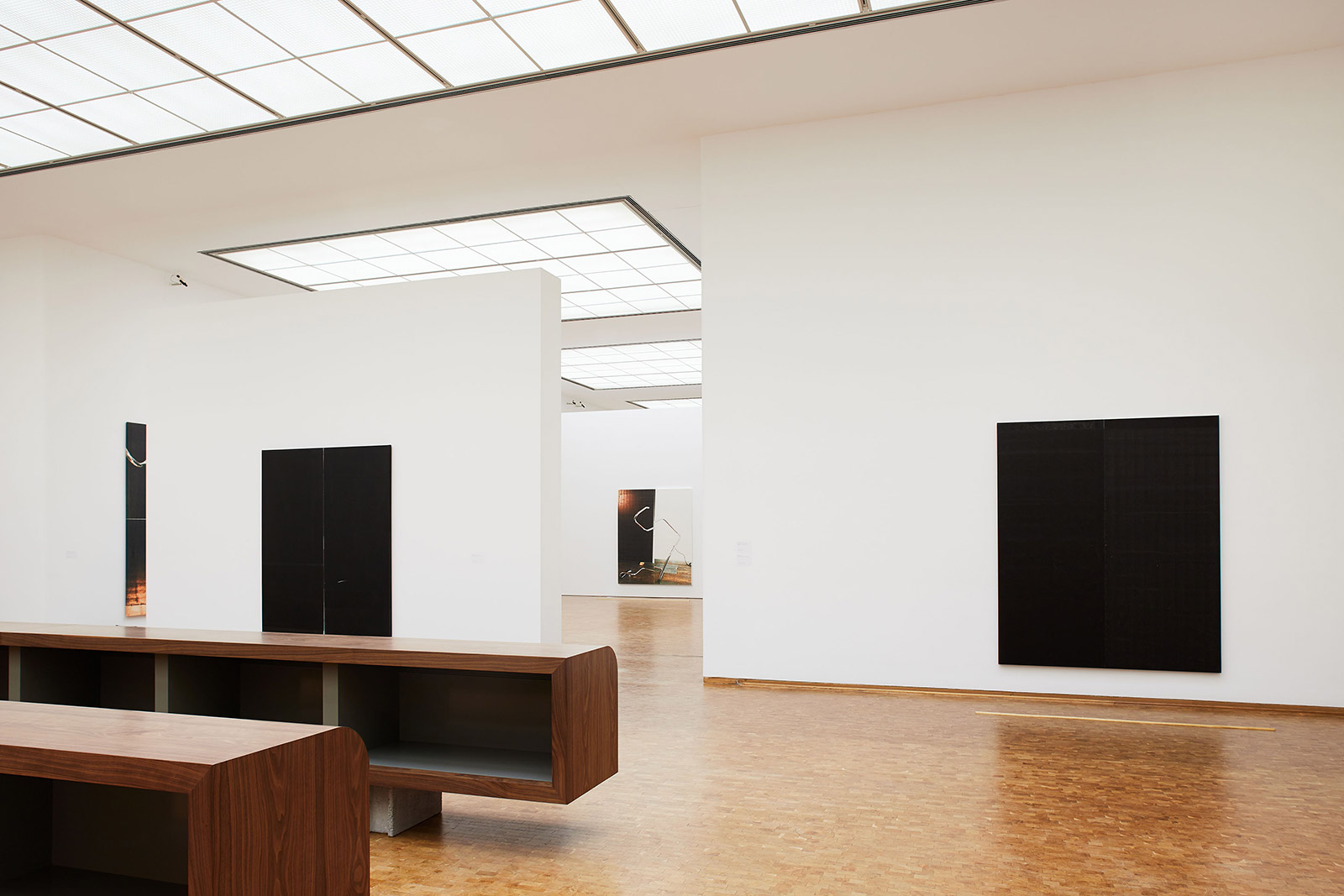
© Wade Guyton
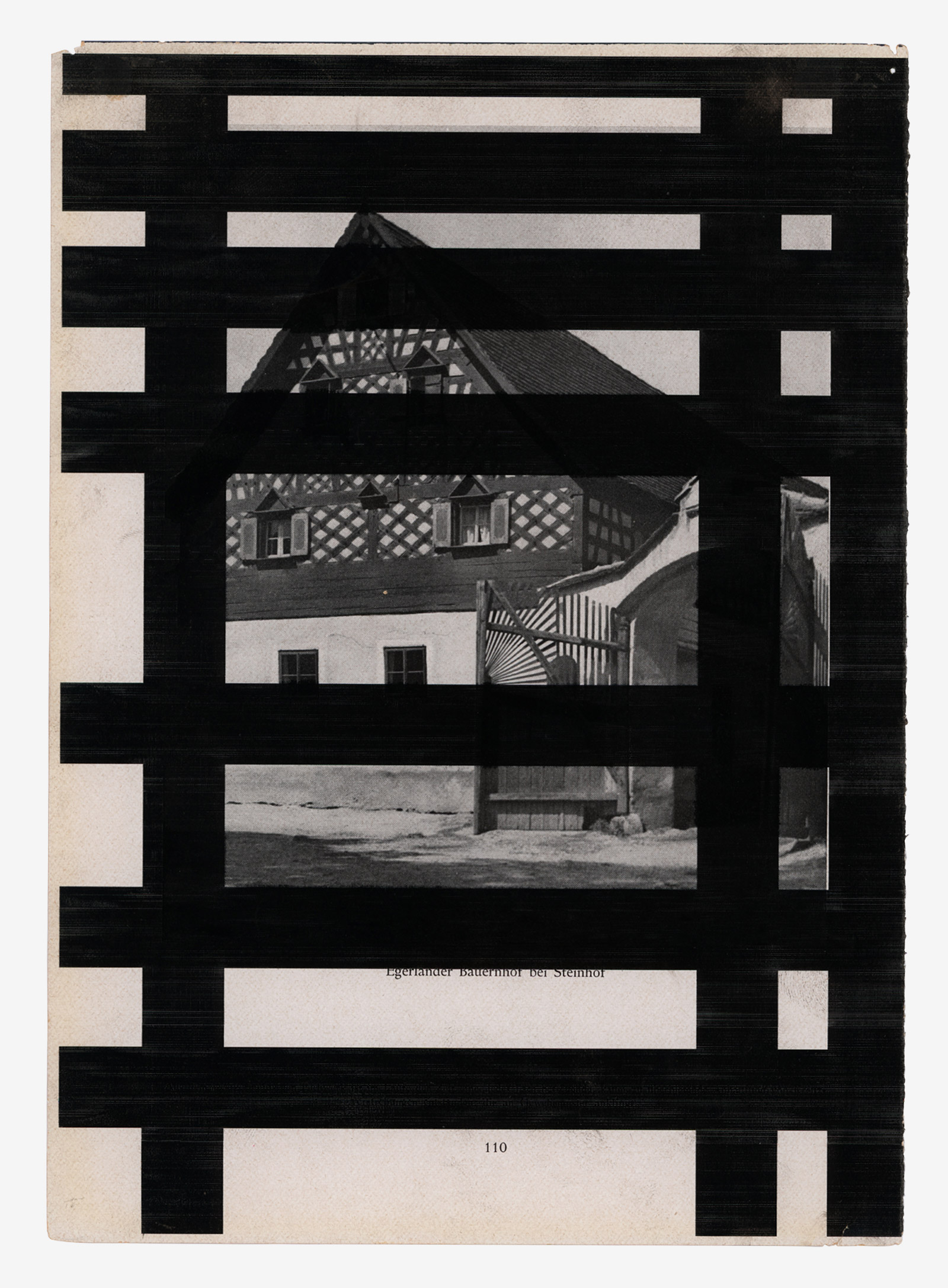
Untitled (Egerlander Bauerhof bei Steinhof 110), 2002, by Wade Guyton.
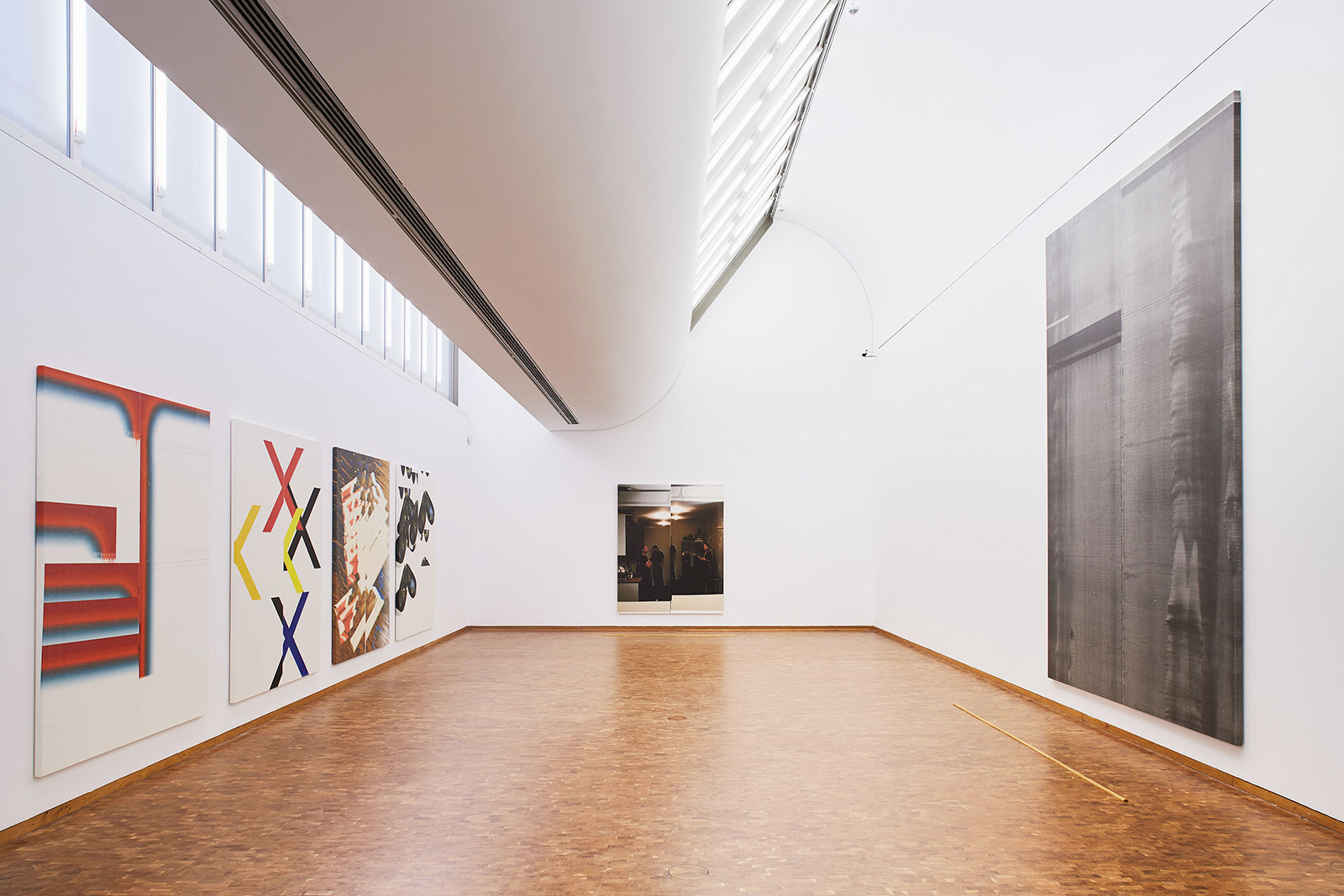
© Wade Guyton
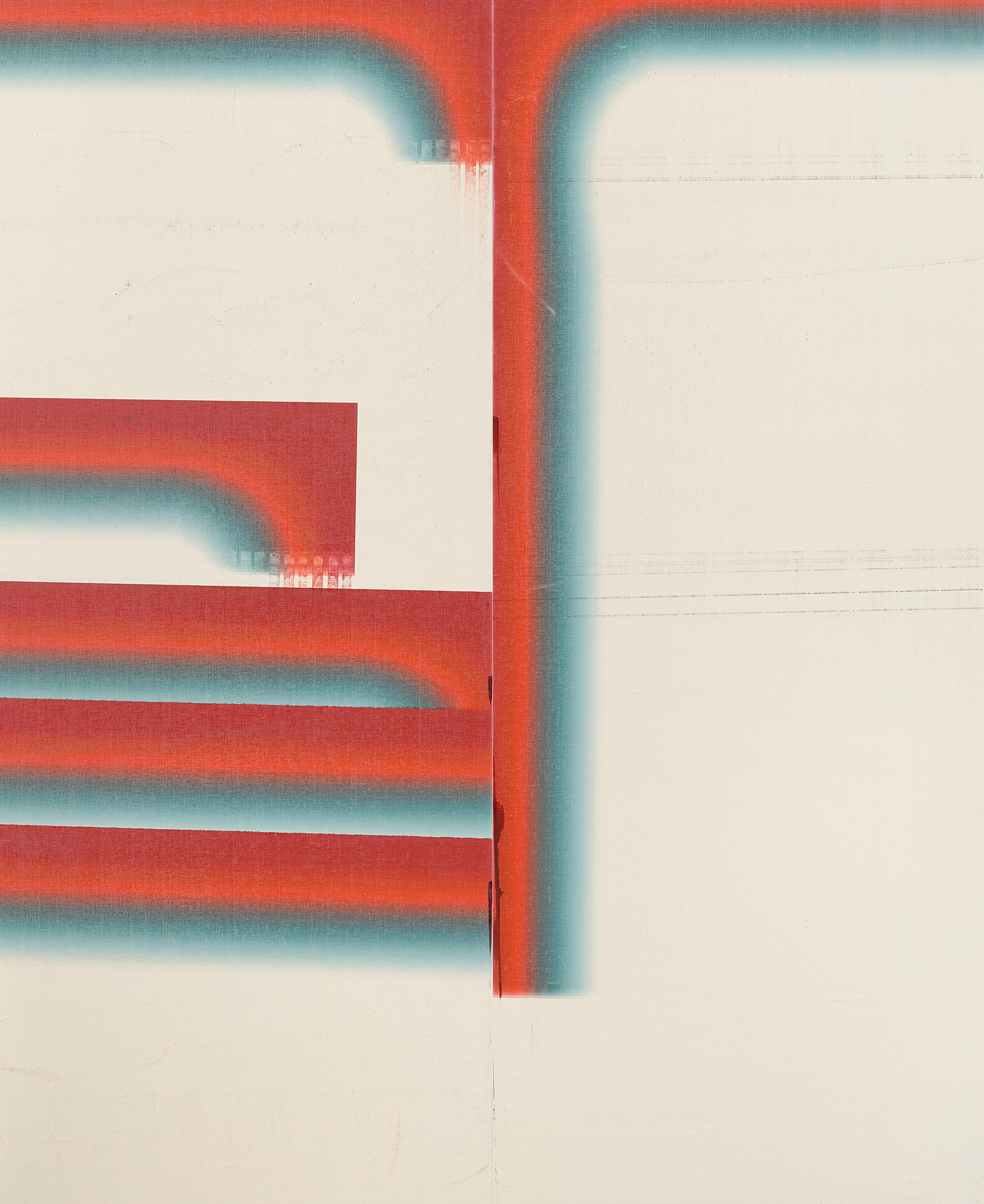
Untitled, 2019, by Wade Guyton. Private collection. Courtesy of Segalot, New York.
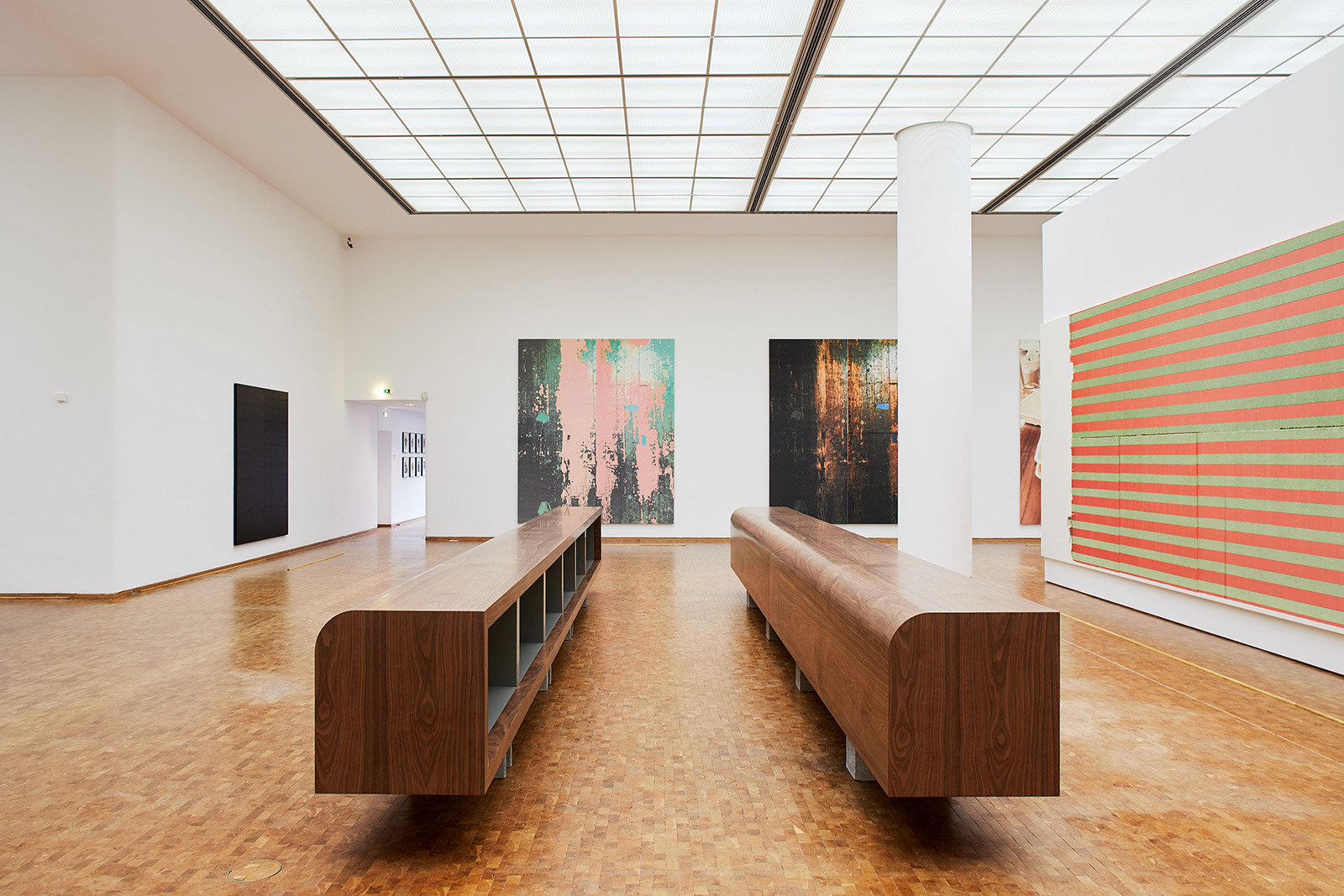
© Wade Guyton.
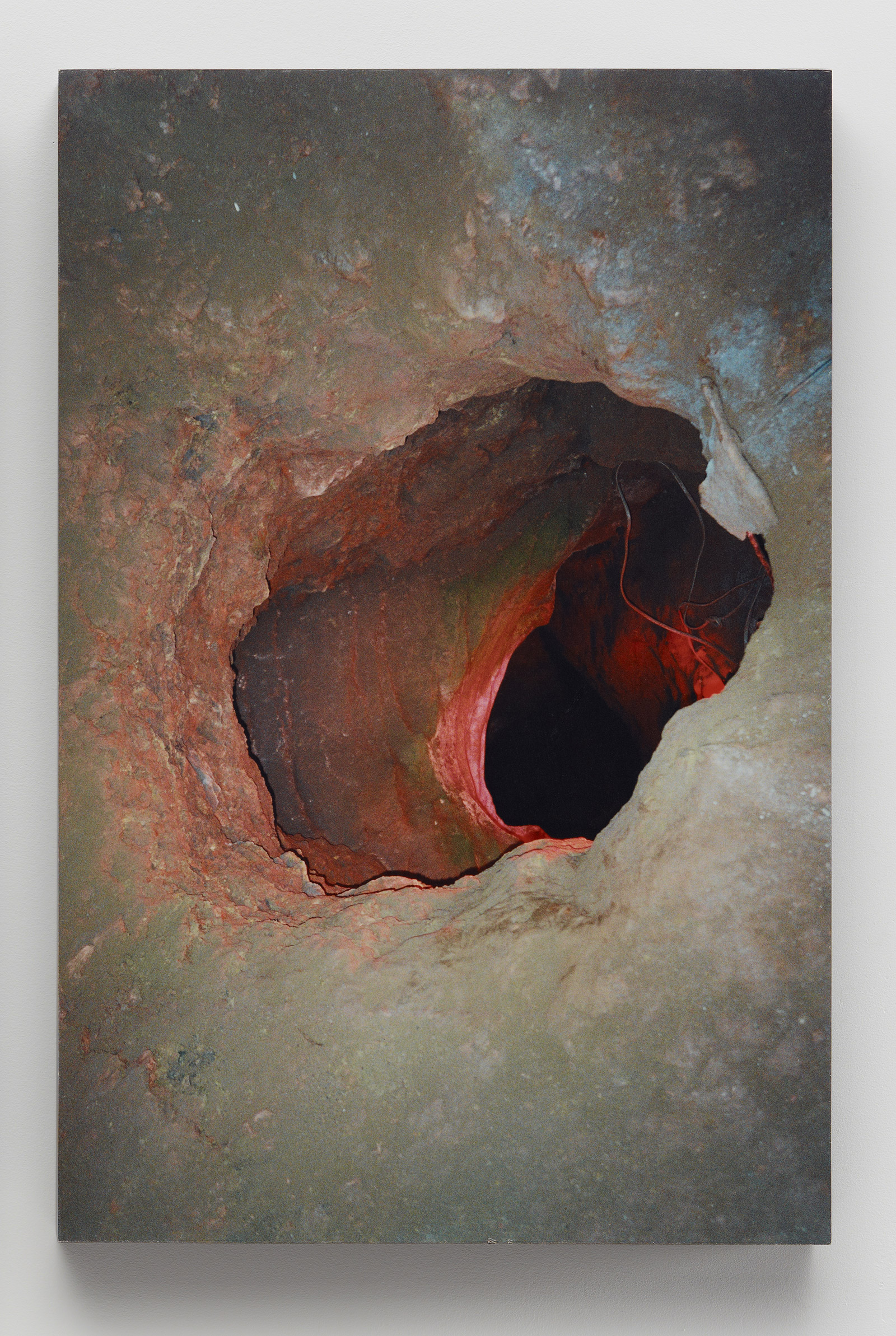
The Devil’s Hole, 1999, by Wade Guyton.
INFORMATION
‘Wade Guyton: Zwei Dekaden MCMXCIX–MMXIX’, until 1 March 2020, Museum Ludwig. museum-ludwig.de
ADDRESS
Museum Ludwig
Heinrich-Böll-Platz
50667 Cologne
Receive our daily digest of inspiration, escapism and design stories from around the world direct to your inbox.
-
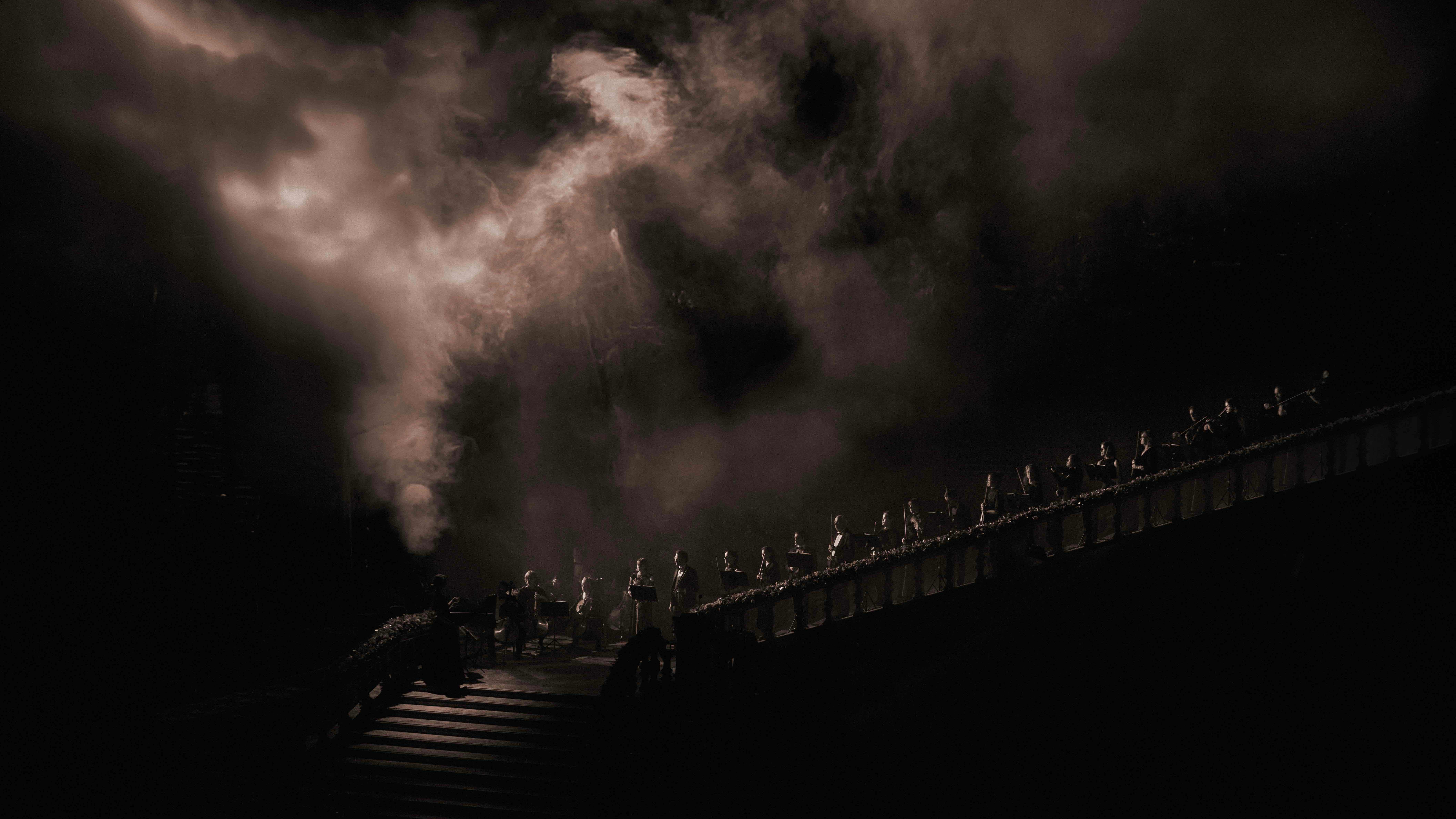 Alexander Wessely turns the Nobel Prize ceremony into a live artwork
Alexander Wessely turns the Nobel Prize ceremony into a live artworkFor the first time, the Nobel Prize banquet has been reimagined as a live artwork. Swedish-Greek artist and scenographer Alexander Wessely speaks to Wallpaper* about creating a three-act meditation on light inside Stockholm City Hall
-
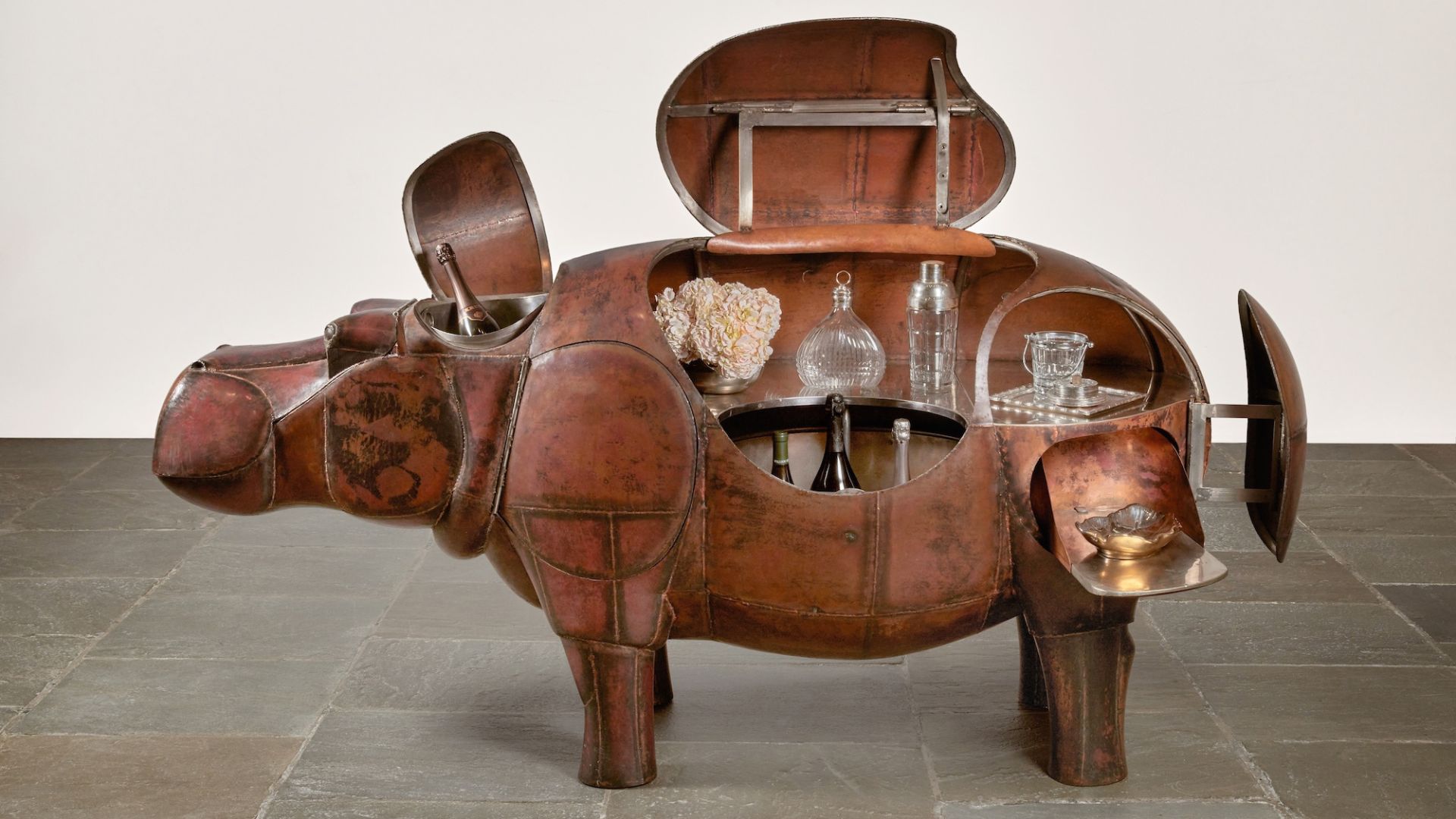 At $31.4 million, this Lalanne hippo just smashed another world auction record at Sotheby’s
At $31.4 million, this Lalanne hippo just smashed another world auction record at Sotheby’sThe jaw-dropping price marked the highest-ever for a work by François-Xavier Lalanne – and for a work of design generally
-
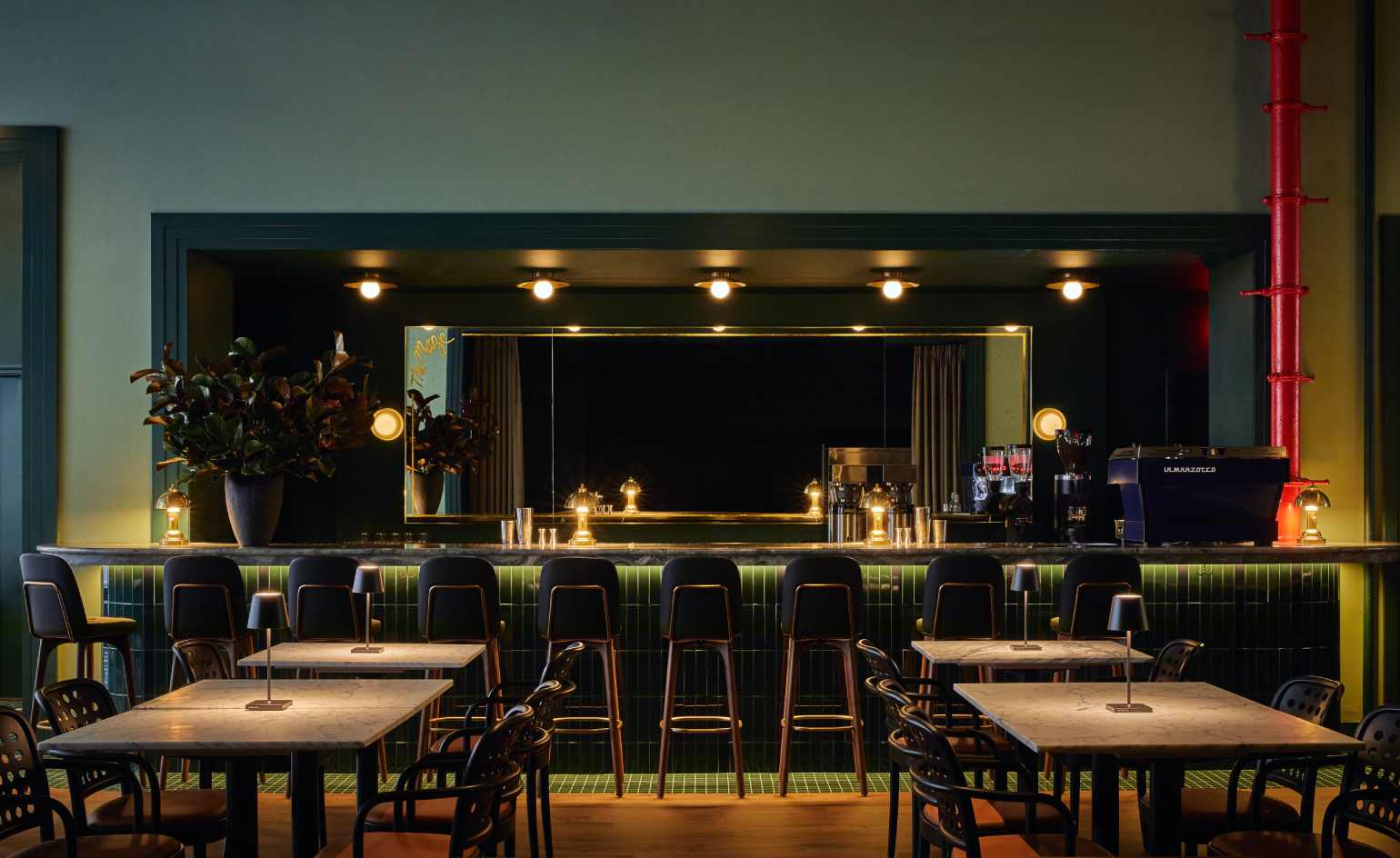 NYC’s first alcohol-free members’ club is full of spirit
NYC’s first alcohol-free members’ club is full of spiritThe Maze NYC is a design-led social hub in Flatiron, redefining how the city gathers with an alcohol-free, community-driven ethos
-
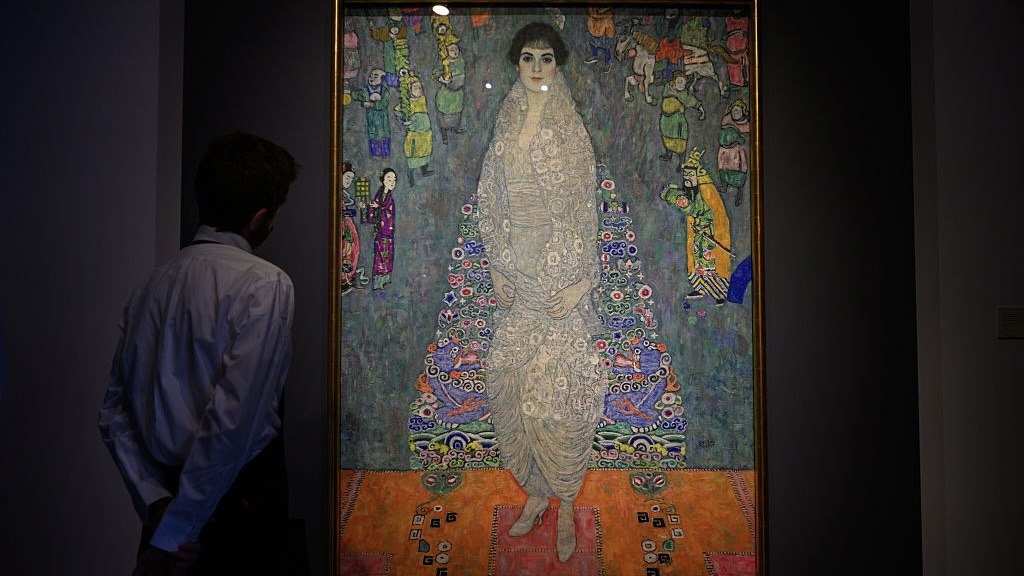 This Gustav Klimt painting just became the second most expensive artwork ever sold – it has an incredible backstory
This Gustav Klimt painting just became the second most expensive artwork ever sold – it has an incredible backstorySold by Sotheby’s for a staggering $236.4 million, ‘Portrait of Elisabeth Lederer’ survived Nazi looting and became the key to its subject’s survival
-
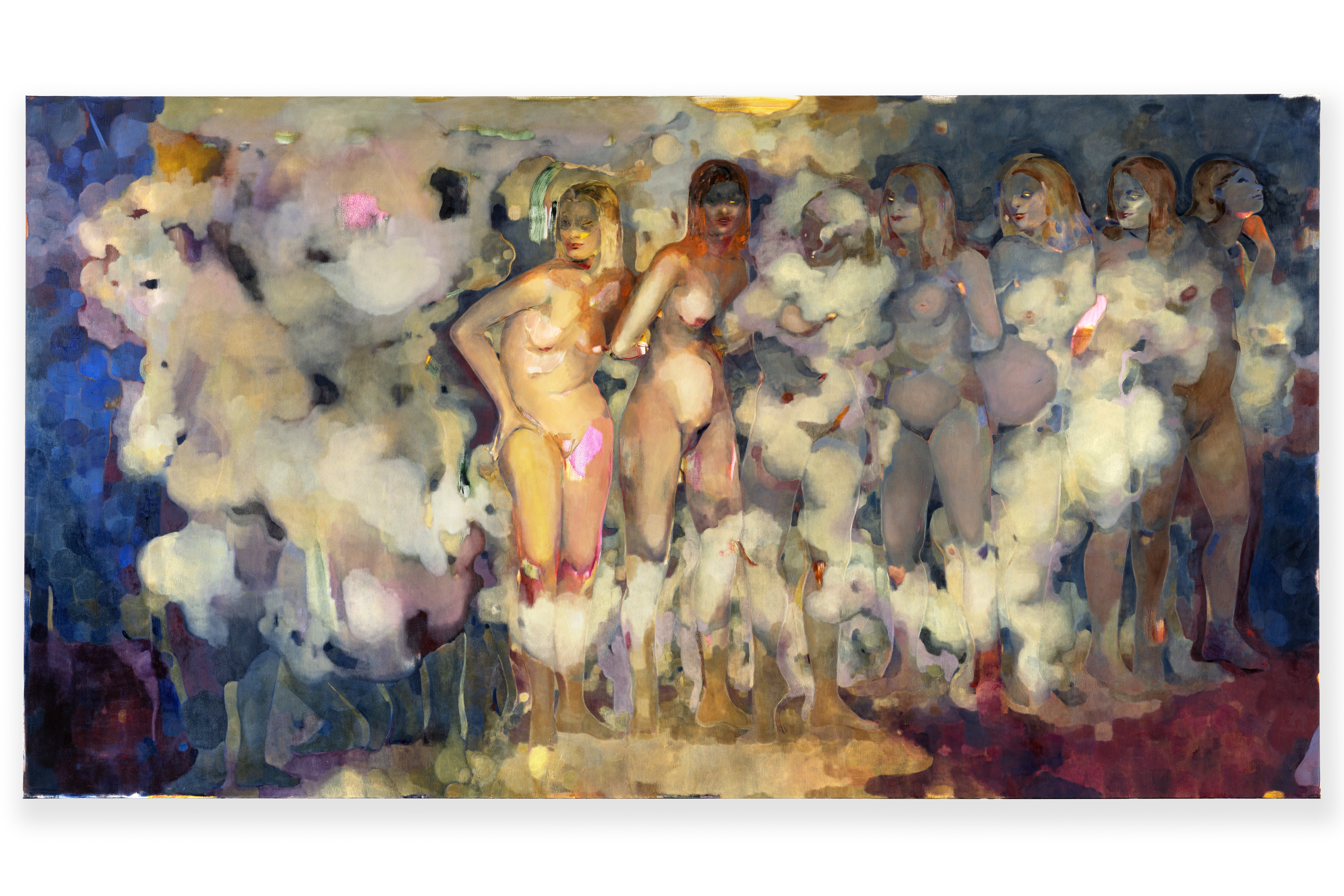 Meet Eva Helene Pade, the emerging artist redefining figurative painting
Meet Eva Helene Pade, the emerging artist redefining figurative paintingPade’s dreamlike figures in a crowd are currently on show at Thaddaeus Ropac London; she tells us about her need ‘to capture movements especially’
-
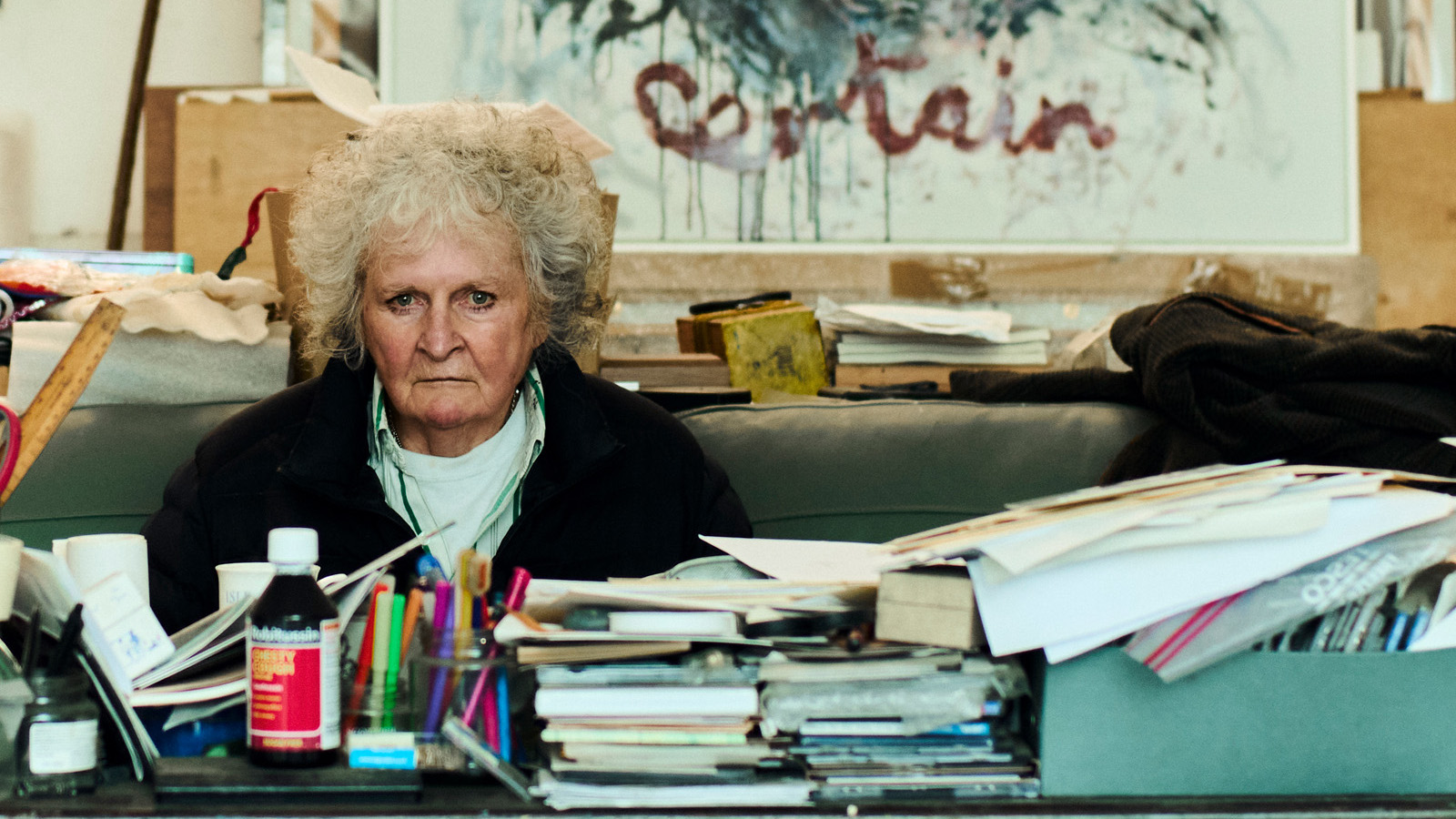 Maggi Hambling at 80: what next?
Maggi Hambling at 80: what next?To mark a significant year, artist Maggi Hambling is unveiling both a joint London exhibition with friend Sarah Lucas and a new Rizzoli monograph. We visit her in the studio
-
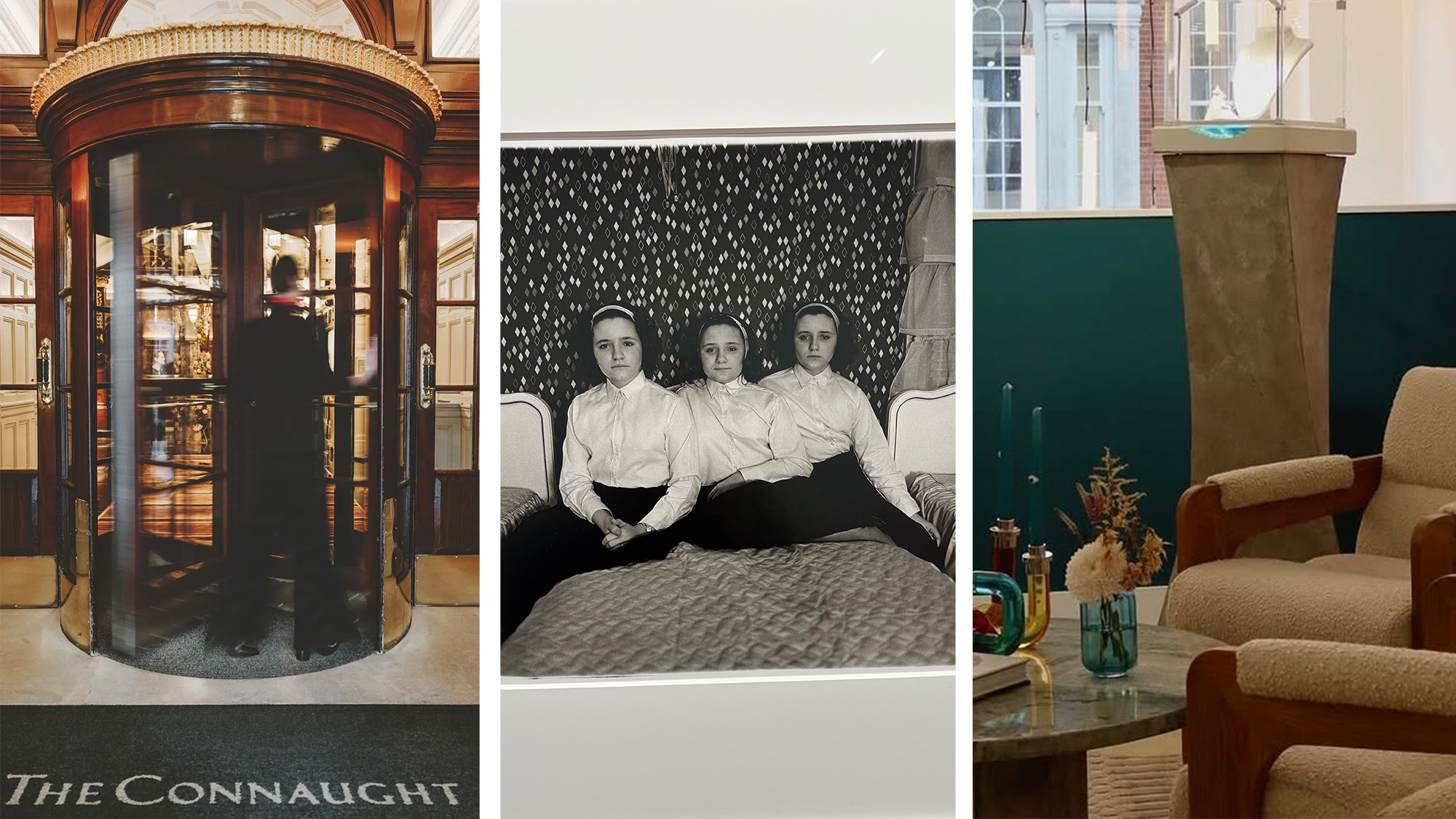 Out of office: The Wallpaper* editors’ picks of the week
Out of office: The Wallpaper* editors’ picks of the weekThis week, the Wallpaper* editors curated a diverse mix of experiences, from meeting diamond entrepreneurs and exploring perfume exhibitions to indulging in the the spectacle of a Middle Eastern Christmas
-
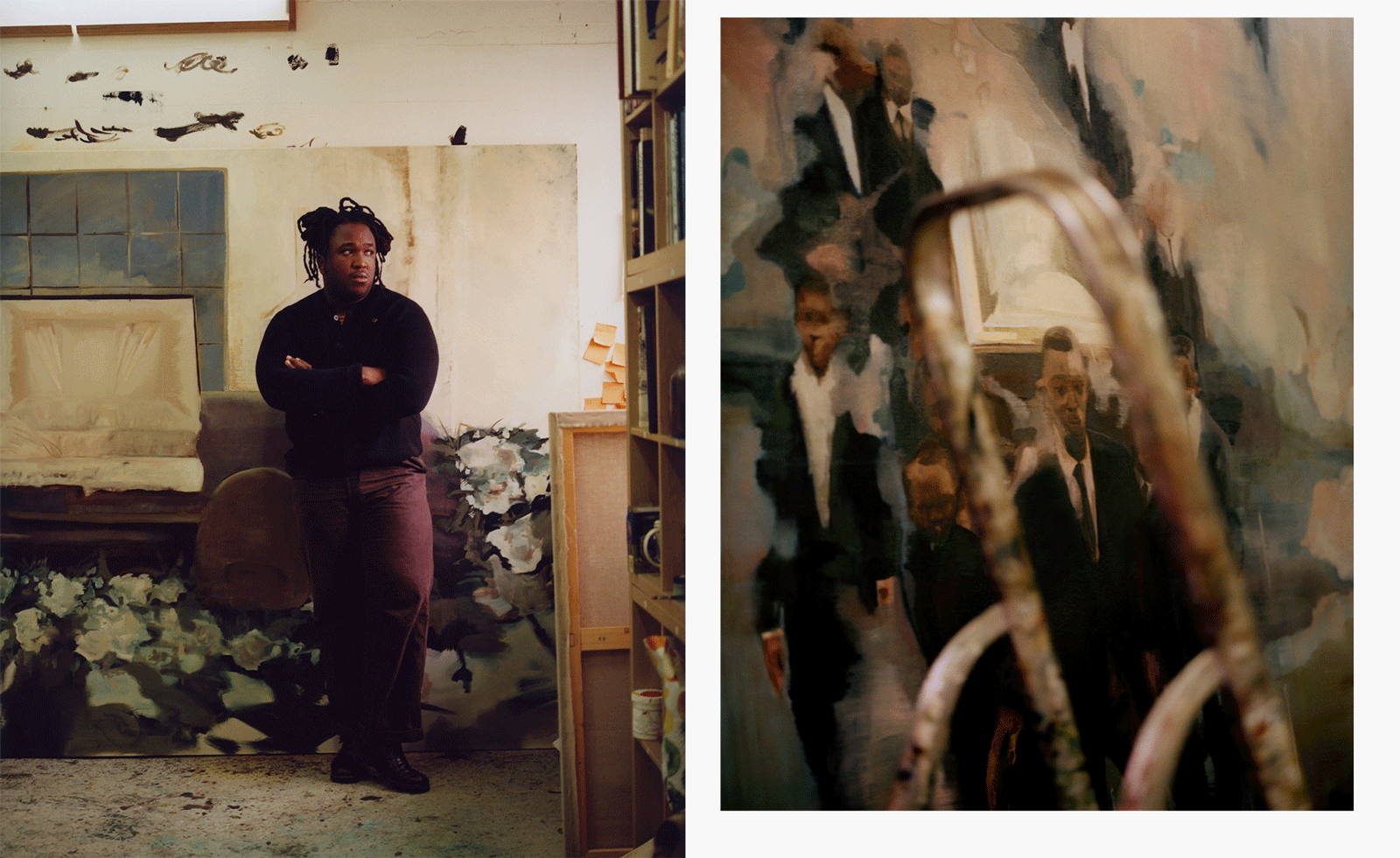 Artist Shaqúelle Whyte is a master of storytelling at Pippy Houldsworth Gallery
Artist Shaqúelle Whyte is a master of storytelling at Pippy Houldsworth GalleryIn his London exhibition ‘Winter Remembers April’, rising artist Whyte offers a glimpse into his interior world
-
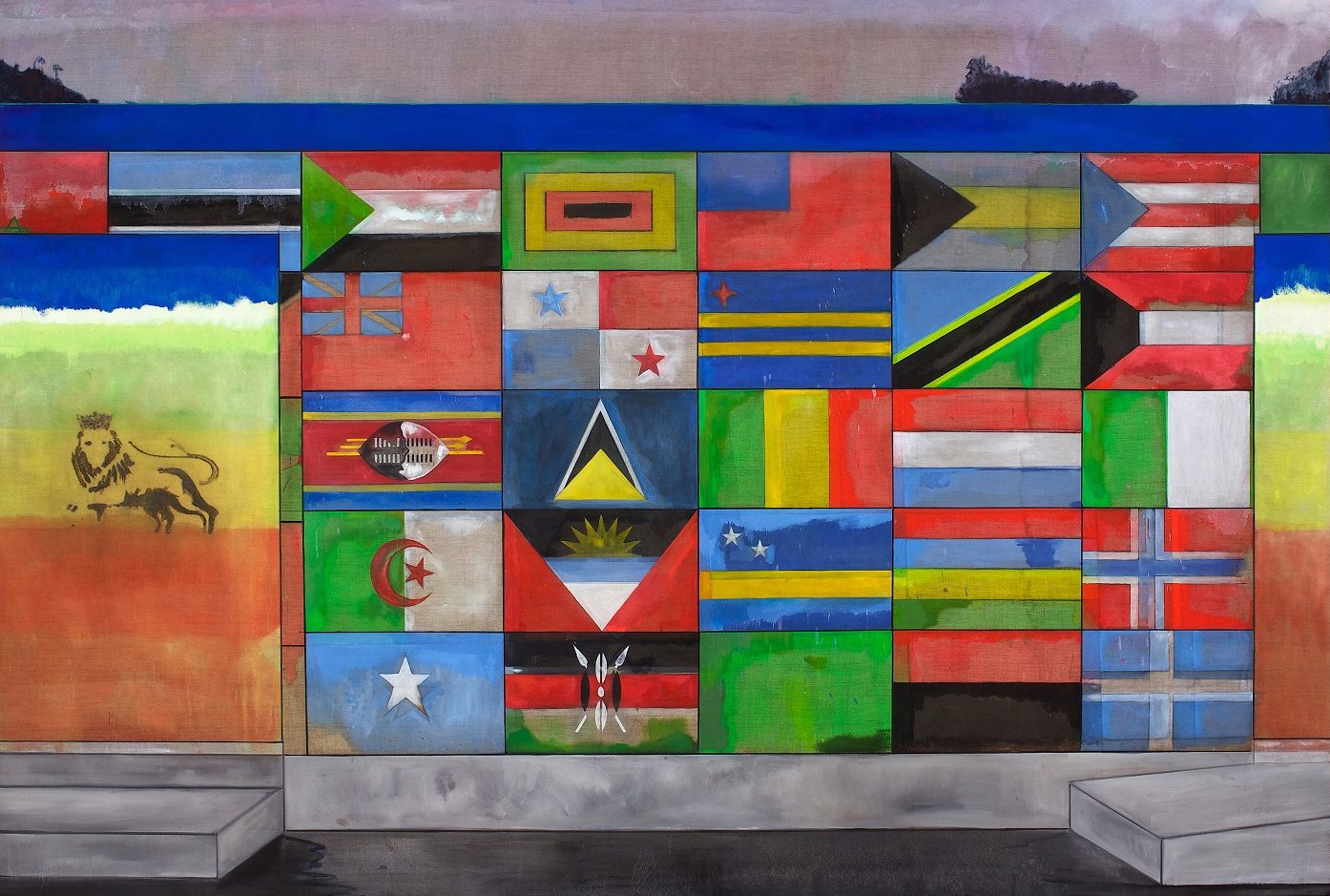 ‘Sit, linger, take a nap’: Peter Doig welcomes visitors to his Serpentine exhibition
‘Sit, linger, take a nap’: Peter Doig welcomes visitors to his Serpentine exhibitionThe artist’s ‘House of Music’ exhibition, at Serpentine Galleries, rethinks the traditional gallery space, bringing in furniture and a vintage sound system
-
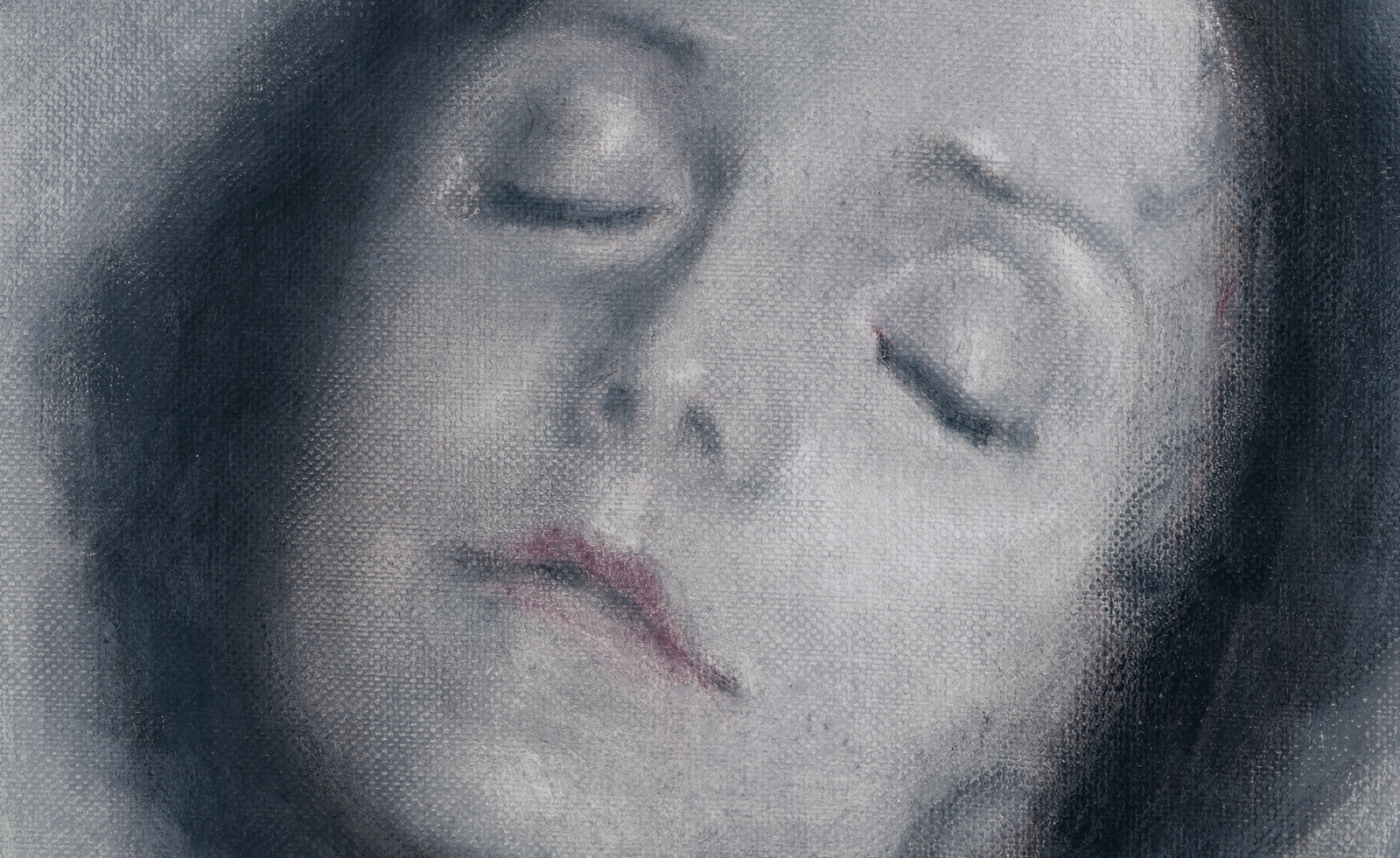 Classic figurative painting is given a glamorous and ghostly aura by Polish artist Łukasz Stokłosa
Classic figurative painting is given a glamorous and ghostly aura by Polish artist Łukasz StokłosaThe gothic meets the glamorous in Stokłosa’s works, currently on show at London’s Rose Easton gallery
-
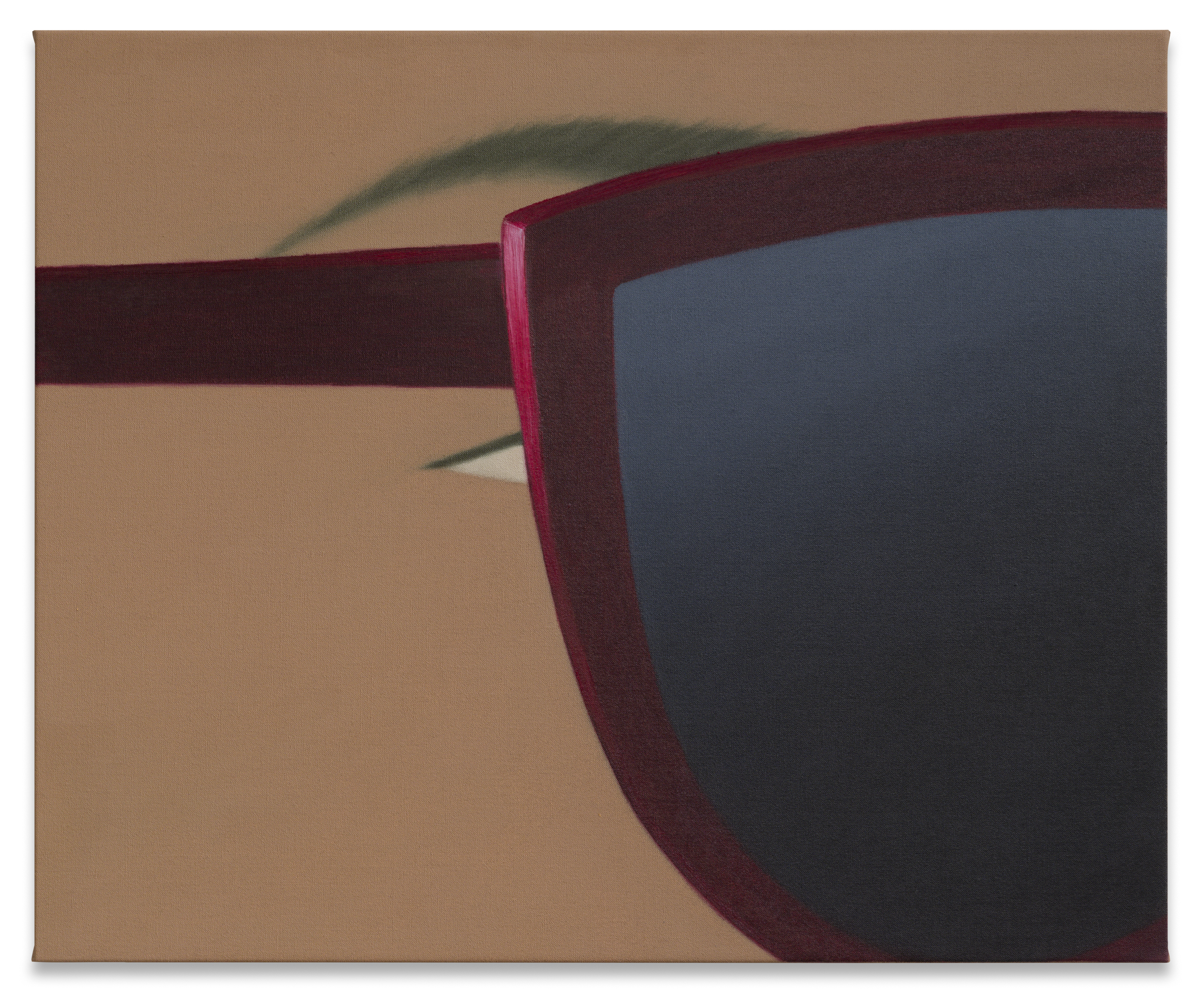 What's the story with Henni Alftan’s enigmatic, mysterious paintings? The artist isn’t saying
What's the story with Henni Alftan’s enigmatic, mysterious paintings? The artist isn’t sayingParis-based artist Henni Alftan's familiar yet uncanny works are gloriously restrained. On the eve of a Sprüth Magers exhibition in Berlin, she tells us why